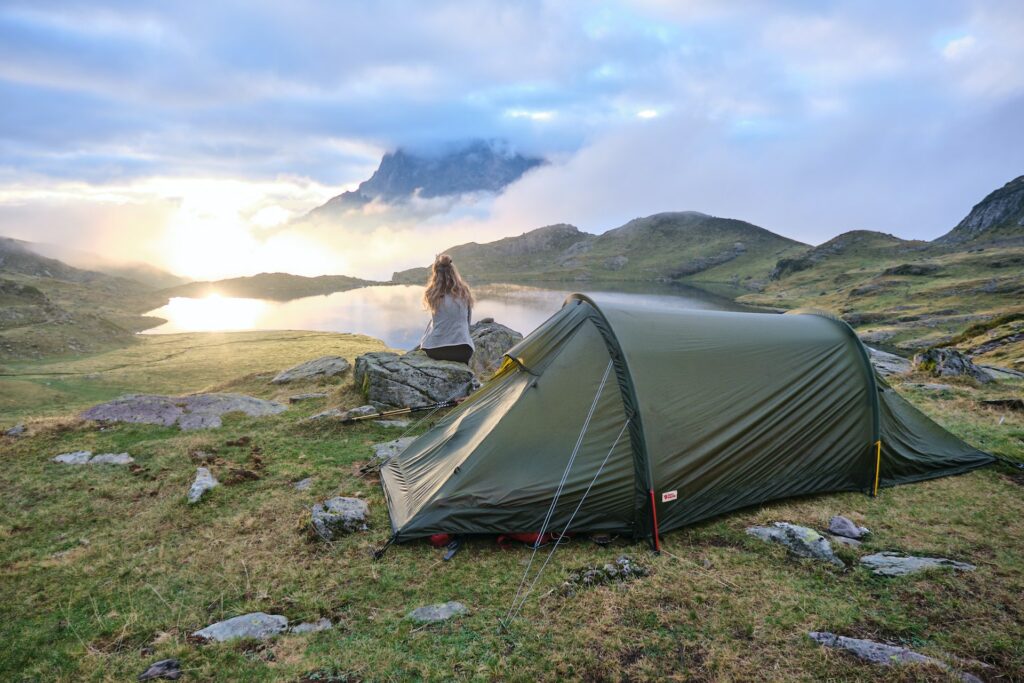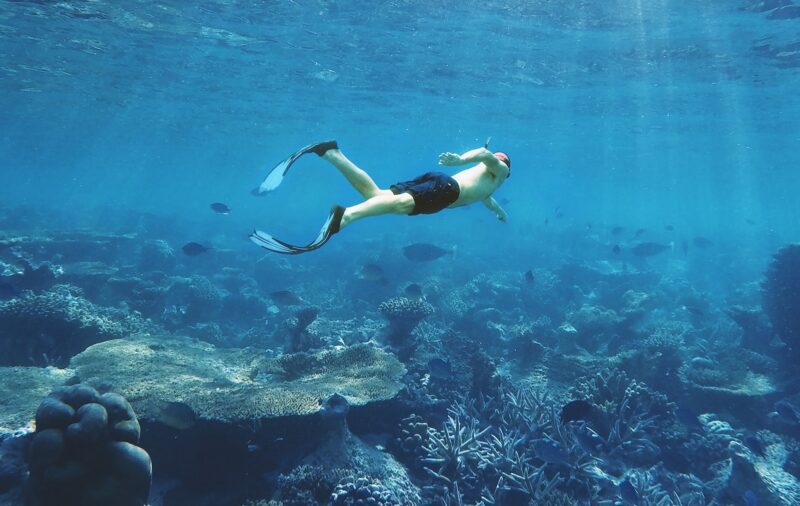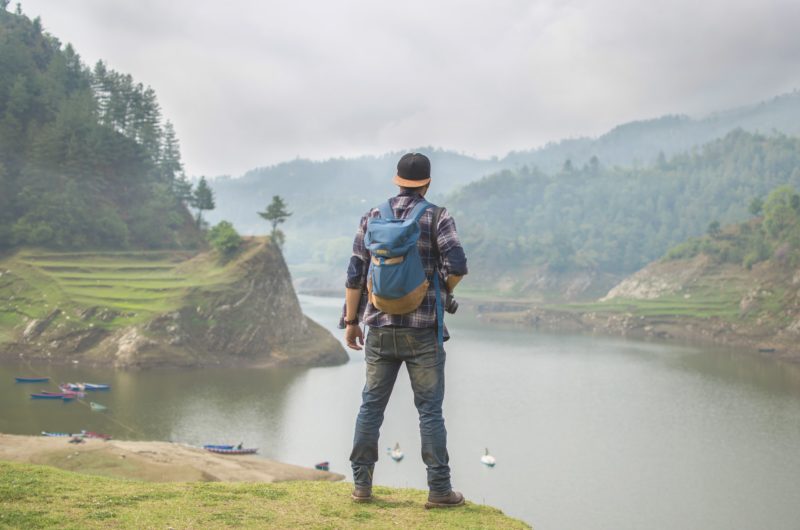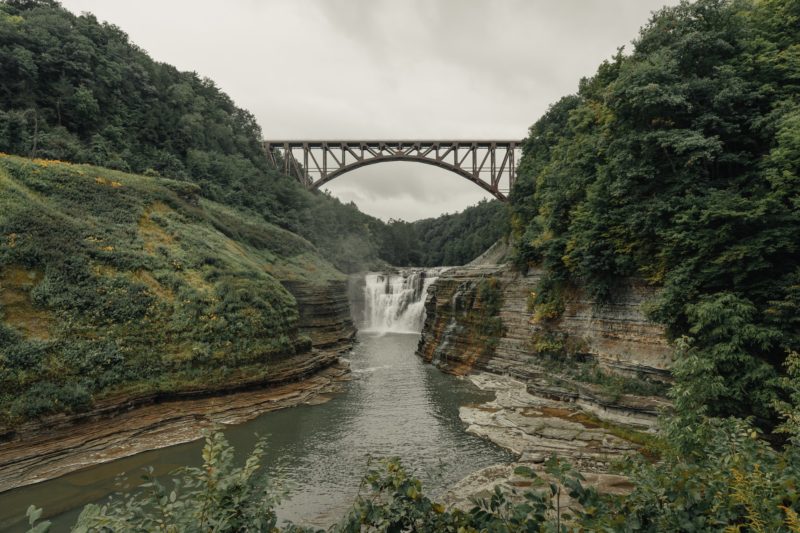We can all benefit from a weekend spent camping, roasting marshmallows, stargazing, and escaping the chaos of everyday life — but of course, we must make sure our experience doesn’t come at the expense of our environment. That’s why we’re passionate about the Leave No Trace principles. These guidelines help protect our natural areas and minimize our impact on the environment. By following these simple tips, we can all enjoy nature while preserving it for future generations. Here are the seven principles of Leave No Trace:
What Are The Principles of Leave No Trace?
Plan Ahead and Prepare
The first step in Leave No Trace is to plan ahead. This means thinking about what you’ll need for your trip, and packing only the essentials. By preparing for your adventure before you leave, you can help reduce your impact on the environment.
Travel and Camp on Durable Surfaces
When you’re exploring the great outdoors, it’s important to choose your travel and camping routes carefully. Stick to established trails and camp in designated areas whenever possible. This will help protect sensitive vegetation and prevent soil erosion.
Dispose of Waste Properly
We all have to go… but that doesn’t mean we have to leave a mess behind! When nature calls, be sure to dispose of human waste properly. If you’re camping in an area with no toilets, bury your waste in a shallow hole and cover it up when you’re done.
Leave What You Find
One of the most important Leave No Trace principles is to leave things as you found them. This includes rocks, plants, and other natural objects. Resist the urge to take souvenirs from your favorite hiking spot – instead, enjoy the experience and let others do the same.
Minimize Campfire Impacts
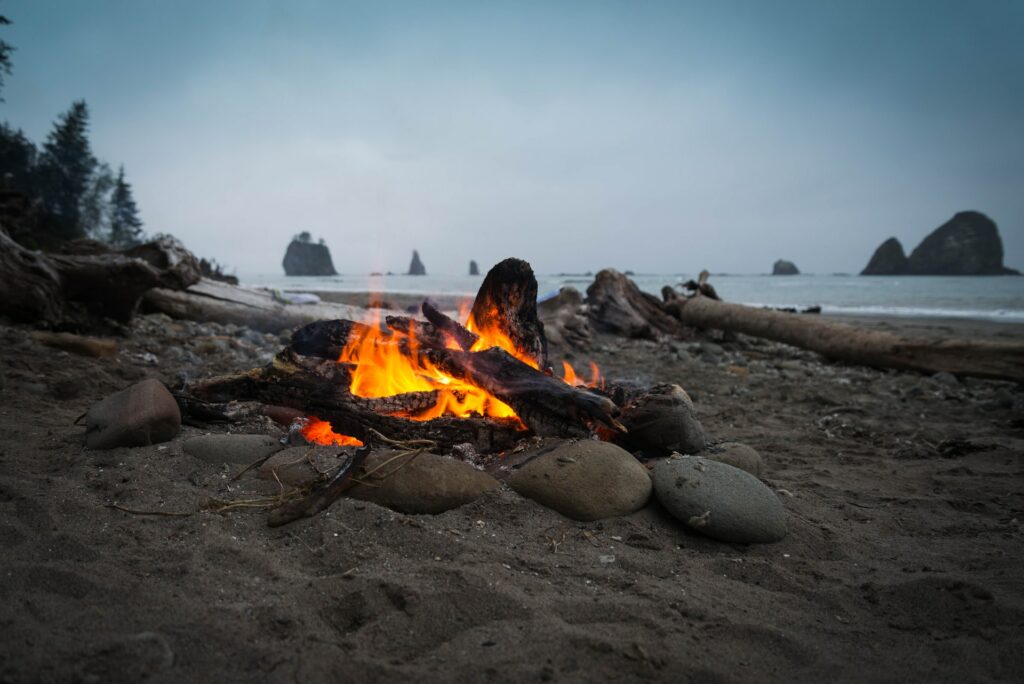
Campfires can be a great way to enjoy the outdoors, but they also have the potential to damage the environment. When building a campfire, use existing fire rings whenever possible. And be sure to put out your fire completely before you leave – dead embers can stay hot for days!
Respect Wildlife
We share the outdoors with all sorts of creatures, big and small. When you’re hiking or camping, respect wildlife by giving them space. Don’t approach animals, and never feed them – it’s not good for them, and it’s dangerous for you.
Be Considerate of Other Visitors
Last but not least, remember that you’re not the only one enjoying the great outdoors! Be considerate of other visitors by keeping noise to a minimum, and respecting their privacy. By following these simple tips, we can all enjoy nature while preserving it for future generations.
What Is The History of Leave No Trace?
Leave No Trace is a set of principles for enjoying the outdoors responsibly. The idea started with a group of backcountry enthusiasts in the 1960s, who were concerned about the growing impact of humans on wild places. They developed Leave No Trace as a way to help people enjoy the outdoors without damaging it.
Why Is Leave No Trace Important?
Leave No Trace is important because it helps protect our natural areas. By following the principles, we can minimize our impact on the environment and preserve these places for future generations. What’s more, Leave No Trace is a great way to enjoy the outdoors responsibly – after all, we all want to be able to enjoy nature for years to come.
How To Prepare For A “Leave No Trace” Adventure
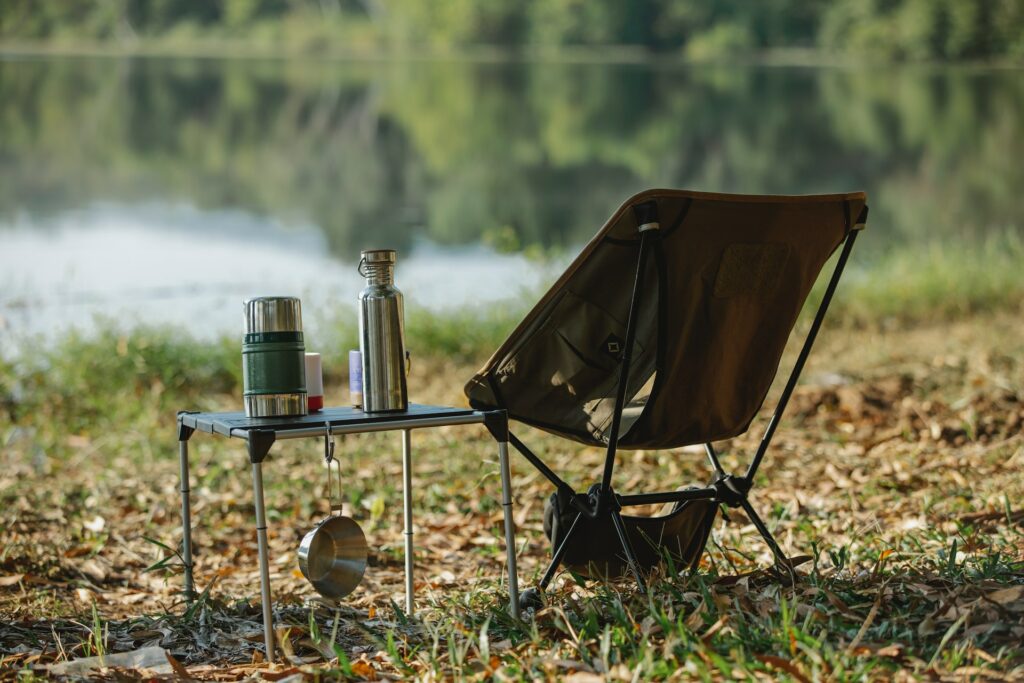
Now that you know the principles of Leave No Trace, it’s time to put them into practice! The best way to do this is to plan ahead and prepare for your trip. Here are a few tips to get you started:
- Choose an area that is already popular and well-used. This will help reduce your impact on sensitive vegetation and prevent soil erosion.
- Plan your route ahead of time, and stick to established trails whenever possible.
- Pack only the essentials, and be sure to dispose of all waste properly.
- When building a campfire, use existing fire rings whenever possible, and make sure to put it out completely before you leave.
- Respect wildlife by giving them space, and never feeding them.
- Be considerate of other visitors by keeping noise to a minimum and respecting their privacy.
Best “Leave No Trace” Eco Products
Now that you know how to enjoy the outdoors responsibly, it’s time to gear up for your next adventure! Here are a few of our favorite products that will help you commit to a Leave No Trace outdoor adventure:
- Eco-friendly camping stove: An eco-friendly camping stove is perfect for backcountry cooking, and it doesn’t require any fuel canisters or other disposable materials.
- Recycled tent: Pick a tent that’s made from recycled materials, and designed to minimize your impact on the environment. Here are some of our favorite eco-friendly tents!
- Solar powered flashlight: This flashlight is perfect for camping, and it doesn’t require any batteries or other disposable materials.
- Biodegradable soap: This soap is gentle on the environment, and it biodegrades quickly so you don’t have to worry about leaving any trace behind.
So what are you waiting for? Get out there and explore! Just be sure to follow the Leave No Trace principles, and you’ll help keep our natural areas beautiful for years to come. Thanks for doing your part!



